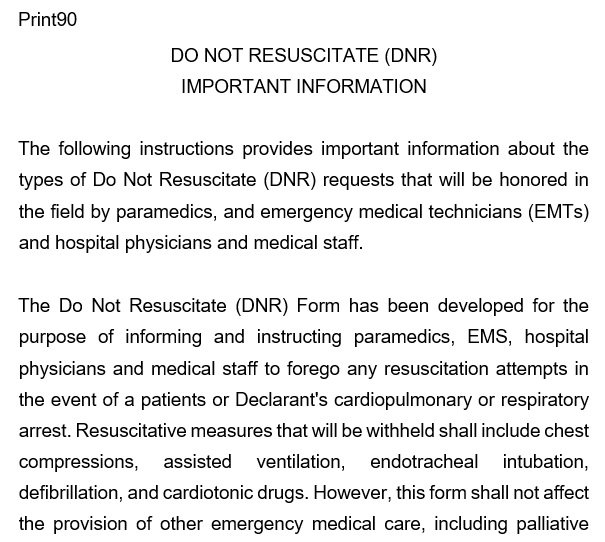Buying or selling livestock is a significant transaction that requires legal documentation to protect both the buyer and the seller. A Livestock Bill of Sale Form serves as a critical document for this purpose, ensuring that all terms of the sale are clearly outlined, legally binding, and transparent. Whether you’re a seasoned rancher or a first-time buyer, this guide will walk you through everything you need to know about a livestock bill of sale form—what it is, why you need it, and how to create one.
What is a Livestock Bill of Sale Form?
A Livestock Bill of Sale Form is a legal document that records the sale and transfer of ownership of livestock from one party to another. It typically includes details about the buyer, the seller, and the livestock being sold, along with the agreed-upon terms of the transaction.
This form acts as:
- A receipt for the buyer.
- Proof of sale for the seller.
- A legal safeguard for both parties in case of disputes.
Why is a Livestock Bill of Sale Important?
Having a well-documented bill of sale is essential for several reasons:
- Proof of Ownership: Establishes that the buyer is the rightful owner of the livestock after purchase.
- Legal Protection: Mitigates risks of disputes by clearly defining the terms of the sale.
- Compliance: Meets legal requirements in states or regions where livestock transactions must be documented.
- Health and Safety Records: Often includes details about vaccinations, health status, and breed certifications.
Key Elements of a Livestock Bill of Sale Form
When creating a livestock bill of sale form, make sure to include the following details:
1. Identifying Information
- Buyer: Full name, address, and contact details.
- Seller: Full name, address, and contact details.
2. Description of Livestock
- Number of animals.
- Type of livestock (e.g., cattle, sheep, goats).
- Breed, age, color, and gender.
- Any unique identifiers (ear tags, brands, microchip numbers).
3. Sale Terms
- Purchase price.
- Payment method (cash, check, bank transfer).
- Date of sale.
- Location of transfer.
4. Health and Medical History
- Vaccination records.
- Health certifications.
- Recent veterinary checks.
5. Warranties and Disclaimers
- “As is” clauses, if applicable, indicating that the livestock is sold without guarantees.
- Seller’s affirmation of clear title and right to sell.
6. Signatures and Notarization
- Signatures of both buyer and seller.
- Date of signing.
- Notary public’s signature and seal (if required).
How to Create a Livestock Bill of Sale Form
Creating a livestock bill of sale form can be as simple or detailed as necessary, depending on your needs. Here’s a step-by-step guide:
- Use a Template
- Templates can save time and ensure all critical details are included. LegalZoom and Rocket Lawyer offer customizable templates for livestock bills of sale.
- Customize to Fit the Transaction
- Tailor the template to reflect specific details about the livestock, the agreed-upon terms, and any regional legal requirements.
- Consult Legal Counsel
- If the transaction involves high-value livestock or complex terms, consider having a lawyer review the document.
- Print and Review
- Ensure all details are accurate before signing.
Best Practices for Using a Livestock Bill of Sale Form
1. Ensure Accuracy
Double-check all information, especially the livestock’s identifying details and the agreed-upon terms.
2. Keep Copies
Both the buyer and seller should retain signed copies of the bill of sale for their records.
3. Verify Legal Requirements
Different states or countries may have specific rules about documenting livestock sales. Check with local agricultural authorities or a legal expert.
Common Scenarios Requiring a Livestock Bill of Sale Form
1. Private Livestock Sales
When an individual sells livestock to another private party.
2. Auction Sales
While auction houses may handle some documentation, buyers and sellers should also have their own bill of sale.
3. Breeding Stock Purchases
Often involves additional terms related to breeding rights and warranties.
4. Livestock Transfers Between Businesses
Essential for tax and accounting purposes.
livestock bill of sale form
livestock bill of sale template
Conclusion
A livestock bill of sale form is an indispensable document for any livestock transaction. By ensuring it’s comprehensive, accurate, and legally compliant, you protect both parties and facilitate a smooth transfer of ownership. Whether you’re buying or selling, always prioritize proper documentation.
Frequently Asked Questions
Yes, when signed by both parties and, if required, notarized, it serves as a legally binding contract.
Not necessarily. While a lawyer isn’t required for most transactions, consulting one for high-value sales or complex terms is advisable.
Yes, it serves as proof of transaction and can be used for tax filings or accounting records.
Either party can use the bill of sale as evidence in a legal dispute.






![Free Boat (Vessel) Bill Of Sale Form [Word / PDF] free boat bill of sale form 3](https://templatedata.net/wp-content/uploads/2022/05/free-boat-bill-of-sale-form-3-150x150.jpg)









